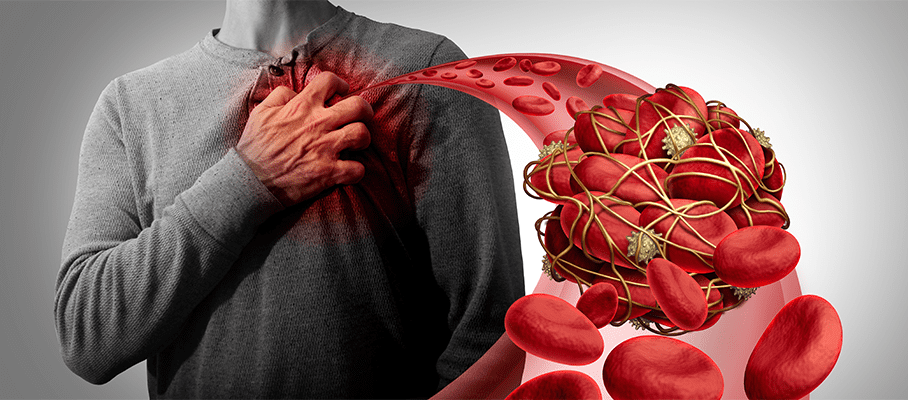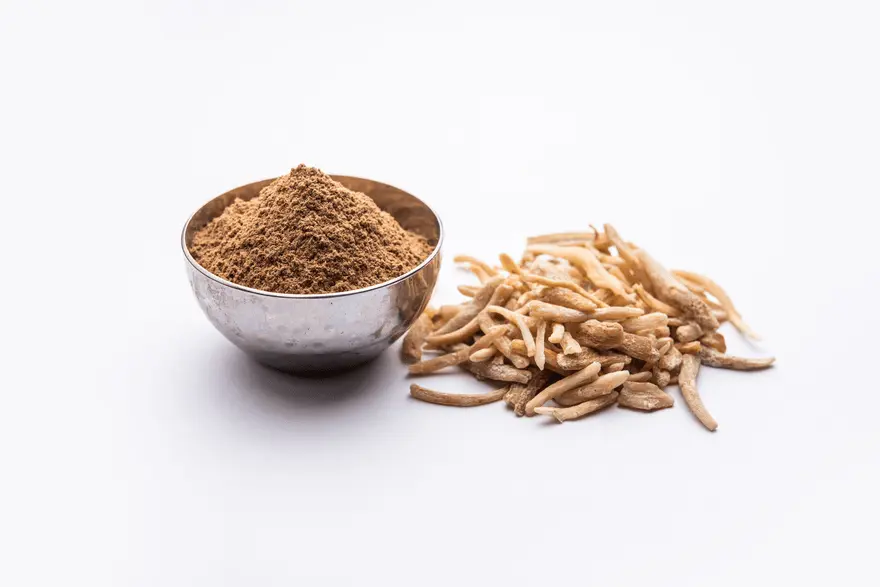Health Wellness
Blood Clotting Disorders: Types, Causes, Symptoms, Diagnosis, And Treatment
14921 Views
0

Blood clotting is a life-saving process, as it stops the bleeding from any injury. Blood clotting disorders are conditions that affect the formation of normal blood clots in the body. Disorders causing blood clotting may become life-threatening if they cause too much or too little clotting.
Platelets are the cells present in our blood which are responsible for the formation of clots. Platelets combine with some blood proteins and form a plug at the place of injury to stop the bleeding.
Types Of Blood Clotting Disorders
There are some blood clotting disorders in which the blood does not clot easily. Such individuals suffer from excessive blood loss during any surgery or injury, which may become dangerous. On the contrary, there are other blood clotting disorders in which blood coagulates too much, resulting in the formation of blood clots inside the arteries or veins, which interrupts the blood supply and can cause a heart attack, stroke, or even death.
Some examples of bleeding disorders in which the body does not form enough clots are:
- Haemophilia
- Von Willebrand’s disease
Examples of excessive blood clotting are:
- Deep venous thrombosis (DVT)
- Pulmonary embolism (PE)
- Disseminated intravascular coagulation (DIC)
Symptoms Of Blood Clotting Disorders
Though the symptoms vary according to the type of blood clotting disorder you have, some common signs and symptoms include:
- Easy bruising.
- Excessive and prolonged bleeding from even small cuts.
- Heavy bleeding during menstrual periods.
- Recurrent nose bleeding.
- Pain, swelling, and tenderness in the legs (DVT).
- Chest pain and shortness of breath (PE).
- Black or blue patches on skin with minor injuries.
What Causes Blood Clotting Disorders?
Blood clotting disorders occur when there are either too many or too few platelets or there is a deficiency of blood clotting proteins/factors. The reasons can be genetic or acquired.
Genetic:
- Factor V Leiden mutation
- Prothrombin gene mutation
- Protein C, Protein S, or antithrombin deficiency
- Elevated Factor VIII, IX, or XI
Acquired:
- Certain Cancers.
- Chemotherapy drugs or some other medication side effect.
- Hormone replacement therapy.
- Pregnancy.
- Bedridden or lack of physical activity.
- Placement of central venous catheter.
- Vitamin K deficiency.
- Vitamin B or folate deficiency.
- Liver disease.
- HIV.
Diagnosis Of Blood Clotting Disorders
Your physician will do a physical examination to look for any signs of bruising or swelling. He will ask you about your family medical history to rule out any genetic bleeding disorder. You must tell your doctor if you have noticed any of the above-mentioned symptoms suggestive of clotting disorder. If your physician suspects that you may have a coagulation disorder based on the above findings, he will order some confirmatory tests to establish the diagnosis of the blood clotting disorder.
Some tests for blood clotting disorders are:
D-dimer test: This blood test measures the level of D-dimer in the body. D-dimer is a protein fragment that forms when a blood clot dissolves. Elevated levels of D-dimer indicate that you may have a blood clotting disorder.
Complete blood count (CBC): CBC is ordered to look for abnormalities in the blood cell count such as red blood cell count and platelet count, as these affect blood clotting.
Prothrombin time (PT or PT-INR) and activated partial thromboplastin time (aPTT): Prothrombin is a protein produced by the liver. Prothrombin time determines the time it takes for your blood to clot. If it is longer than normal, it may indicate a blood clotting disorder.
Von Willebrand factor test: This test determines if your blood lacks the von Willebrand factor, which is required for blood clotting.
Clotting factor test: This test is performed to look for deficiency of any clotting factor, as it can cause clotting problems.
Genetic testing: Genetic testing identifies any gene mutations responsible for coagulation abnormalities such as factor V Leiden mutation, prothrombin gene mutation, factor IX etc.
Thrombophilia profile: Consists of battery of tests to diagnose diseases related to high risk of clotting of blood. Tests include Antigen and Activity of Protein C, Protein S, AT-III. APCR, Lupus Anticoagulant, Homocysteine, Beta-2 Glycoprotein 1 (IgG / IgM), ACA(IgG / IgM)
Imaging: Imaging studies such as CT scans or sonography may also be done to locate any blood clots in the body.
Why Book A Blood Coagulation Test?
- Blood coagulation tests assess your body’s ability to clot blood, and the time taken for clotting. They are also helpful in determining the exact cause of your blood clotting issues, which guides your physician in planning the best treatment for you.
- They pinpoint the specific deficiency you may have, such as platelet deficiency or clotting factor deficiency, which can then be replenished to successfully manage the condition.
- If your genetic testing shows a gene mutation that is causing a clotting disorder, your family members should also undergo testing to see if they too are at risk of having a coagulation issue and can take appropriate precautionary measures.
- Doing blood coagulation tests at regular intervals for individuals who are on medicines that affect the clotting process, such as warfarin or heparin, are crucial in monitoring the efficacy of such medications and making dosage adjustments as required.
- It is also useful to undergo coagulation tests before any upcoming surgery or childbirth to assess your risk of bleeding during these procedures, and to make appropriate arrangements in advance.
Book a D-dimer test and other coagulation tests to rule out any blood clotting disorders!
Who Treats Blood Clotting disorders?
You should consult a vascular disease specialist, a haematologist, or a physician specialising in coagulation disorders for the treatment of your blood clotting disorder.
Blood Clotting Disorder Treatment
The treatment approach varies according to the type of bleeding disorder and its severity. Treatment aims at relieving the symptoms, as blood clotting disorders cannot be completely cured.
Transfusion: If there has been an excessive loss of blood due to a clotting disorder, the lost blood is replaced through blood transfusion.
Patients with deficiency of factors V or VIII are treated with fresh frozen plasma transfusion.
Treatment of clotting problems due to deficiency in clotting factors is done with injections of concentrates of clotting factors using factor replacement therapy.
Iron supplementation: Iron supplements are given to treat iron deficiency resulting from excessive blood loss. Iron-deficiency like anaemia causes dizziness, weakness, and tiredness.
Vitamin K supplementation: If you have a deficiency of vitamin K, it can lead to coagulation problems. Thus, your physician will prescribe you vitamin K supplements to bring the levels back to normal.
Getting timely treatment of your blood clotting disorder can be life-saving. Consult your physician promptly if you observe any signs or symptoms suggestive of a coagulation issue.























 WhatsApp
WhatsApp